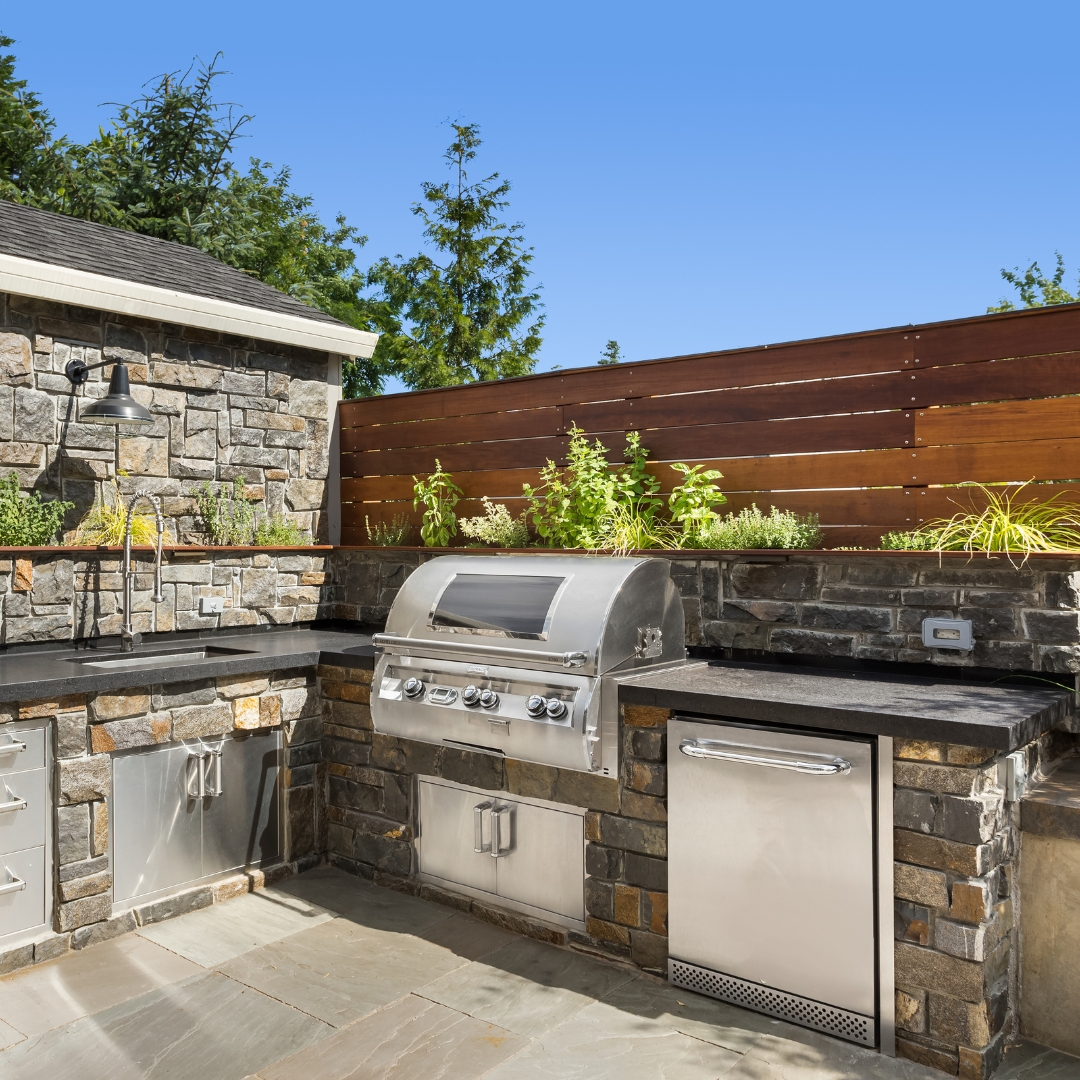
Sustainable Landscaping Practices for a Greener Tomorrow Oct 06, 2025
The journey towards a sustainable landscape begins with understanding the native plant life of your area. Native plants are naturally adapted to local climate conditions, requiring less water, fertilizer, and maintenance. By incorporating native species into your landscaping design, you are not only conserving water but also creating a thriving habitat for local wildlife. This practice reduces the need for harsh chemicals, promoting a healthier, more diverse ecosystem.
Efficient irrigation practices are another cornerstone of sustainable landscaping. Traditional watering methods can lead to water wastage and increase costs. Instead, consider installing a drip irrigation system, which targets the root zone of plants, minimizing waste and ensuring that water is used wisely. Pairing this with smart irrigation controllers that adjust watering schedules based on weather conditions can significantly reduce water usage, aligning with both sustainability goals and practical needs.
Composting is an often-overlooked practice that can drastically improve soil health and decrease waste. By composting kitchen scraps and yard waste, you can create a rich soil amendment that enhances plant growth and reduces the need for commercial fertilizers. Composting not only lessens the burden on landfills but also contributes to a closed-loop system where nothing goes to waste.
Furthermore, implementing xeriscaping, which relies on drought-tolerant plants and strategic design to reduce the need for irrigation, is an effective way to adapt your landscape for sustainability. Mulching your gardens with organic materials helps retain soil moisture, suppresses weeds, and enriches the soil with nutrients as it breaks down. These simple techniques are not only eco-friendly but also beneficial for long-term landscaping efficiency.
When it comes to landscaping materials, choosing sustainable options is crucial. Opt for natural stone, reclaimed materials, or permeable pavers that allow water to penetrate the ground, replenishing groundwater supplies and reducing runoff. These sustainable hardscape choices create functional, beautiful outdoor spaces while supporting environmental objectives.
Sustainable landscaping also encourages the reduction of energy use. Strategically placing plants and trees can provide natural cooling, reducing the reliance on air conditioning during warmer months. Shade-providing trees can lower temperatures around your home, contributing to energy efficiency and comfort.
At Zammito Landscape Construction, we are committed to helping homeowners transition to more sustainable practices. Our team is ready to guide you through the process of designing and implementing a landscape that not only meets your aesthetic and functional needs but also aligns with environmental sustainability goals.
In conclusion, sustainable landscaping practices are more than just a trend; they are a necessary step towards preserving our environment for future generations. By adopting strategies such as using native plants, efficient irrigation systems, composting, and choosing sustainable materials, we can reduce our ecological footprint and enjoy healthier, more resilient outdoor spaces. Partner with us to make your landscaping vision a reality while supporting a greener tomorrow.
/filters:no_upscale()/filters:format(webp)/media/8643de6e-5281-4bd1-a816-917d59c99a7c.jpeg)